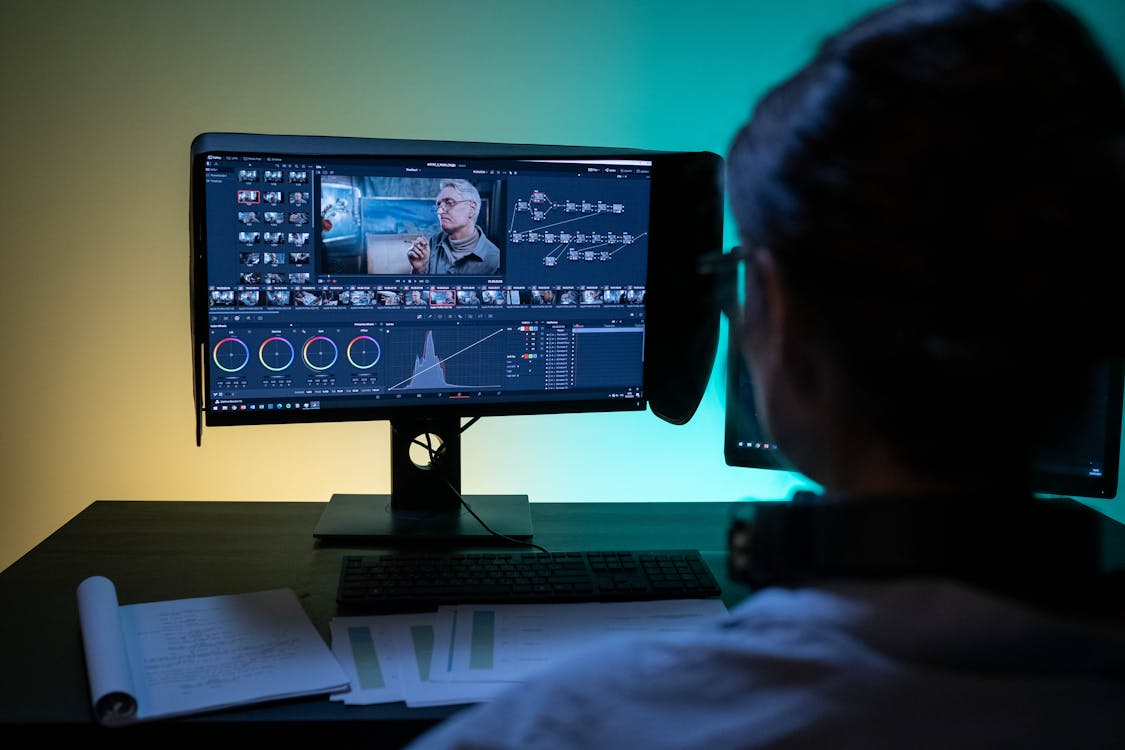Brain-Computer Interfaces (BCI) represent a revolutionary technology, establishing a direct communication pathway between the human brain and external devices, bypassing traditional neuromuscular channels like speech or limb movements. This offers immense hope for individuals with severe motor or cognitive impairments, providing new communication and control avenues. BCI decodes brain activity's electrical signals—detectable from the scalp, cortical surface, or within the brain—into actionable outputs, such as controlling prosthetics or generating speech/text.
In BCI, "real-time translation" means instantly decoding neural activity into communicable forms like synthesized speech or text, reflecting user intent or attempted vocalizations. This aims to restore natural conversation for those who cannot speak. This redefines "translation" as transforming intrinsic neural signals (thoughts) directly into external expressions, bypassing traditional language processing.
However, this rapid development brings complex ethical dilemmas, including neurodata privacy, personal autonomy, equitable accessibility, and broader societal impacts of interpreting human thoughts. BCI's dual nature—restorative (helping the disabled) vs. augmentative (enhancing healthy individuals)—introduces distinct ethical considerations, with augmentation raising more complex questions about fairness and societal norms.
Technical Frontiers and Possibilities of Real-Time Brain-Computer Interface Translation
BCI Workings Overview
BCI systems operate through signal acquisition, processing, and decoding. Acquisition uses electrodes or sensors to capture brain activity. Invasive BCIs, like microelectrode arrays or ECoG, are surgically implanted for high-resolution signals crucial for precise control. Non-invasive BCIs, such as EEG, use external scalp sensors, avoiding surgery but yielding weaker signals. Partially invasive methods also exist.
After acquisition, raw signals are preprocessed to reduce noise and isolate meaningful neural patterns. Translation algorithms, often using machine learning (e.g., SVM, neural networks), then interpret these signals, mapping features to control commands or communication outputs. User adaptation is facilitated by neuroplasticity, where the brain learns and improves BCI control through training and feedback.
Real-Time Brain Signal Decoding and Language Generation
Recent breakthroughs have advanced real-time BCI language decoding. UC Davis researchers developed an experimental BCI that instantaneously translates brain activity into synthesized speech, creating a digital vocal tract with minimal delay, enabling an ALS patient to "speak" in real-time, modulate intonation, and even "sing". This is a significant leap from text-based BCIs.
This progress relies on advanced AI algorithms trained on data from participants attempting to speak, mapping neural activity to intended sounds for speech synthesis. Beyond speech, non-invasive EEG systems are being developed to decode neural signals directly into text, aiming for full alphabet coverage. The integration of Generative AI (GenAI) and Large Language Models (LLMs) is crucial, enhancing decoding by leveraging neurophysiological knowledge, especially with limited training data. Models like EEG2Text and R1 Translator demonstrate improved accuracy in open-vocabulary EEG-to-text decoding. This synergy could lead to a "ChatGPT moment" for BCIs, making seamless thought-controlled devices widely accessible, particularly non-invasive ones.
Limitations of Existing Machine Translation
Despite advancements, traditional machine translation (MT) has limitations. Quality varies, especially for low-resource languages, and it struggles to capture cultural references, humor, idioms, and contextual nuances, often producing "machine-like" outputs. Domain-specific terminology in fields like law or medicine is prone to mistranslation, requiring extensive human editing. Confidentiality is a concern, as many free MT tools store translated content for training, risking sensitive information. MT also struggles with complex syntax and ambiguity, often losing original meaning.
BCI real-time translation aims to bypass these issues by directly decoding neural signals related to intended speech or thought, offering a more direct and nuanced expression of user intent.
Ethical Dilemmas and Challenges of Real-Time Brain-Computer Interface Translation
Neurodata Privacy and Security
Neurodata, directly from brain activity, is uniquely sensitive as it reflects thoughts, beliefs, and subconscious tendencies, touching the "locus internus" of the mind. This makes it more private than other sensitive data. BCI's collection, storage, and processing of this data pose significant privacy risks, including unauthorized access, misuse, and "brain spyware".
Existing data protection laws like GDPR and CCPA often don't explicitly cover neurodata, creating regulatory gaps. While some U.S. states (Colorado, California) and China have made progress, comprehensive regulations are still developing. Robust protection requires mandatory encryption, strict access controls, and dynamic, granular user consent, as static "once-for-all" consent is insufficient for evolving neural data.
Personal Autonomy and Intentional Control
BCI raises profound questions about personal autonomy and agency. Decoding intentions from brain signals brings "mind-reading" and "changing minds" closer. This potential influence on user behavior and decision-making is a major ethical concern. Ensuring users retain full control over their thoughts and that BCI doesn't interfere with decision-making is crucial. Augmentative BCI research needs strict control to prevent addiction or interference with normal thought.
Fairness, Accessibility, and Societal Impact
The high cost of BCI technology, especially invasive systems, creates significant accessibility barriers, limiting benefits to a privileged few. This could worsen existing inequalities, creating a "digital divide". Concerns also exist regarding bias in BCI system design, as AI algorithms trained on biased data could lead to discriminatory outcomes. Lack of standardized testing, unclear regulations, and the "sci-fi" perception of BCIs hinder responsible integration. Framing BCIs as medical devices addressing real needs, rather than abstract AI experiments, is vital.
Long-Term Risks and Biocompatibility
For invasive BCIs, surgical risks are inherent. Long-term challenges include maintaining signal stability, hardware durability, and managing biocompatibility issues, as neural tissue can shift or scar, degrading signal quality. Risks of infection, inflammation, and device failure also exist. Even non-invasive BCIs require continuous monitoring for internal system security risks.
Outlook and Future Directions
The future of real-time BCI translation requires balancing technological innovation with robust ethical and regulatory frameworks. Despite AI/LLM breakthroughs, neurodata's sensitivity and impact on autonomy demand proactive governance. Regulatory bodies like FDA and FTC are engaging, but clearer, comprehensive guidelines are needed, especially for non-medical consumer devices. This includes efficacy metrics, standardized testing, and strong cybersecurity.
Achieving safe, ethical, and widely beneficial BCI requires extensive interdisciplinary collaboration among scientists, engineers, AI researchers, ethicists, legal experts, and policymakers. Key areas for collaboration include developing dynamic consent mechanisms, premarket review for all BCI devices, and fostering international frameworks for universal ethical guidelines. Public education and transparent communication are also vital for building trust and dispelling misconceptions about BCIs.
Real-time BCI translation offers a transformative vision where thoughts become communication. AI and LLM-driven neural decoding is unlocking unprecedented possibilities for individuals with communication impairments, moving beyond text to natural speech. This profound potential, however, is intertwined with complex ethical challenges. Protecting neurodata privacy, ensuring autonomy, addressing accessibility, and managing long-term safety are fundamental for responsible development. The future demands collaborative efforts to build a BCI landscape that responsibly and equitably enhances human communication.
While BCI revolutionizes neural decoding, the fundamental need for accurate, culturally sensitive, and contextually appropriate cross-language translation persists. BCI focuses on expressing internal intent, but complexities like cross-cultural nuances and specialized terminology—areas where current machine translation still falls short—underscore the enduring and irreplaceable value of expert human translation services. Artlangs Translation bridges this gap, offering expert services that capture every subtle meaning, ensuring your message is conveyed authentically and effectively, today and in the future.











